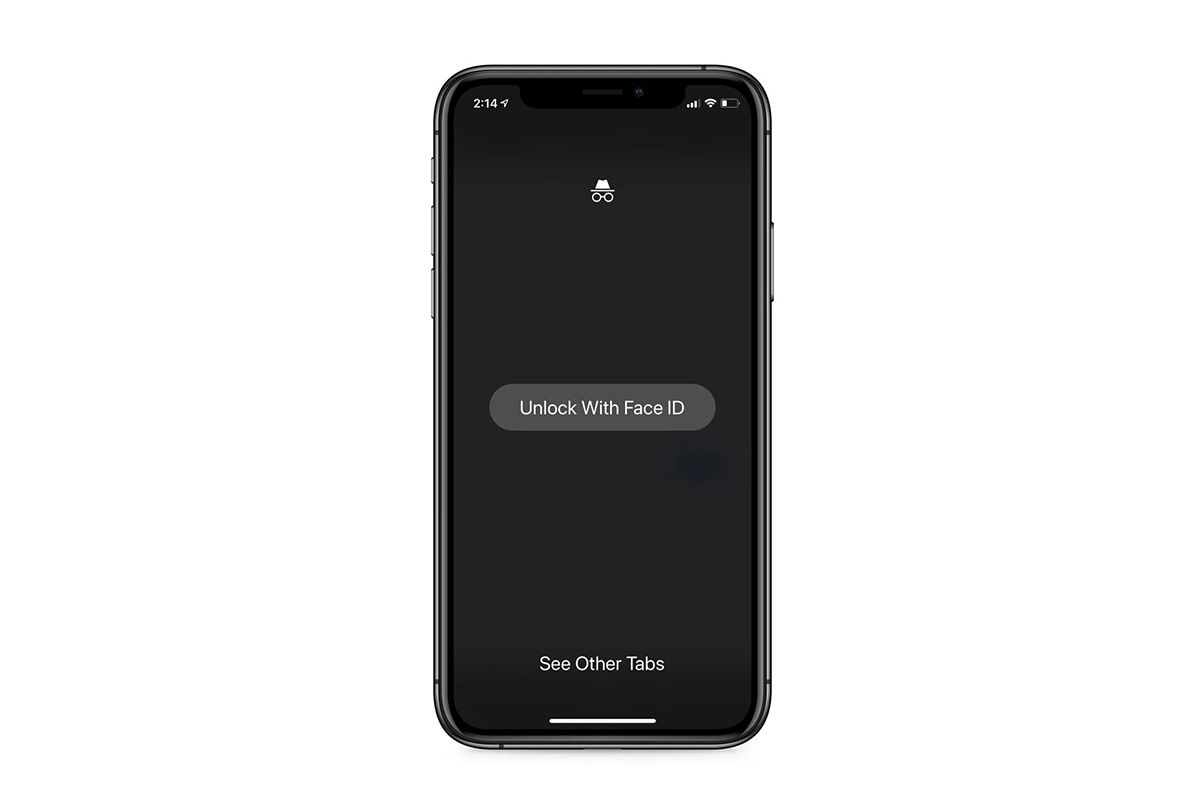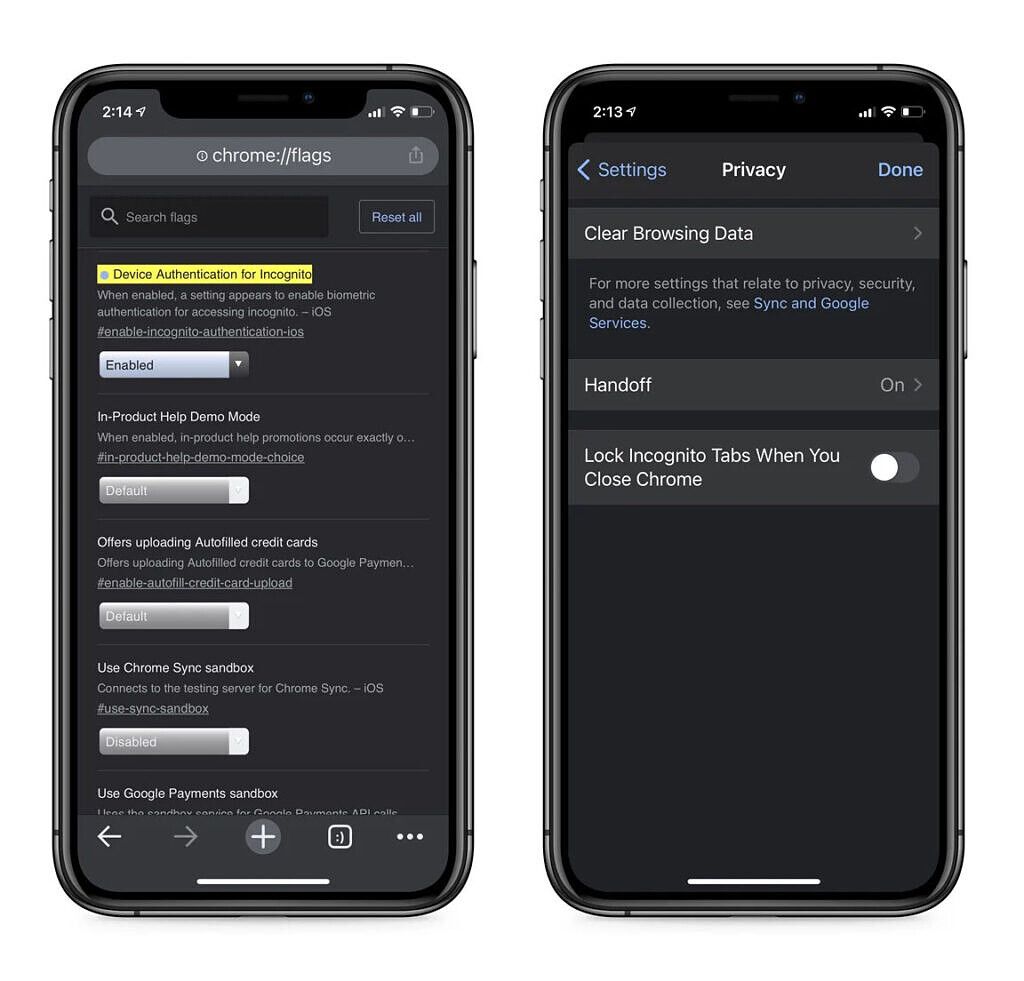The Incognito mode on Chrome is a great option if you want to visit sensitive websites and, at the same time, avoid leaving a trace behind in the browser’s history. However, if you forget to close these tabs, chances are that someone can pick up your unlocked phone and get access to these Incognito tabs. To avoid that, Google’s Chrome team is working on a new privacy feature for iOS users. Chrome now lets you lock Incognito tabs with your iPhone's Face ID or Touch ID authentication in a new beta update.
As per the Google Chrome Beta for iOS 89 release notes, "You can add more security to your Incognito tabs with Touch ID or Face ID. When you return to the app, your Incognito tabs will be blurred until you confirm it's you." Once a user enables Face ID or Touch ID-based locking, Chrome for iOS will no longer let you see any of the opened Incognito tabs without first unlocking them. Once the Incognito mode is unlocked, you will no longer have to authenticate with Face or Touch ID until the browser is closed and opened again.
How to enable authentication for Incognito tab privacy on Chrome for iOS
The new feature is only available on the latest beta version of Chrome for iOS. This means that you need first to install the Beta to replace the existing Chrome version on your device.
- To get Chrome Beta, install Apple's TestFlight iOS app on your iOS device.
- Visit TestFlight invitation URL for Chrome Beta
-
Agree to the license agreement and install the Beta.
- In case you get a notification suggesting that the Beta is full, you might have to wait until a new invite is available from Google's Chrome Beta site.
- After installing the Beta for iOS 89 app, enter chrome://flags in the address bar and search for 'Device Authentication for Incognito' and enable the flag.
- Close and reopen the app
- Head over to Settings > Privacy and enable 'Lock Incognito Tabs when you close Chrome'
- If you want to disable this feature, go back into chrome://flags and disable the setting.
As of now, there is no such security feature available for Android users. But considering that the feature is being tested in beta, we should soon see it arriving for the Android version of the Chrome browser.
Chromium developers are also experimenting with different widths of tabs on the desktop version of Chrome when the tab scrolling feature (also in testing) is turned on. This feature makes it so your tab bar doesn’t look so squished together when you have multiple tabs open at once. Firefox and Safari have similar features, so it’s nice to see Google following suit on its browser.


